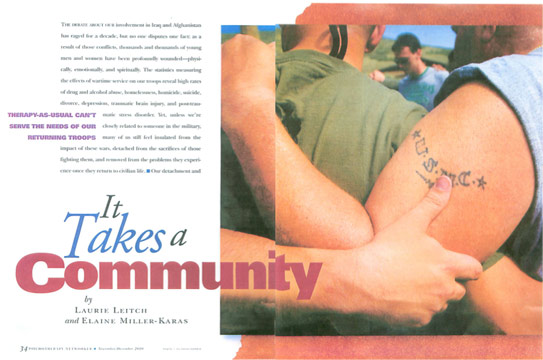We are living in a world of divisiveness that can be depleting or energizing depending on upon who your brain decides is part of “your group.” Do the words “who your brain decides” seem odd to you? The fact is that our brains shape who is “in” and who is “out” way before our conscious minds think it through. Robert Sapolsky, writing in Foreign Affairs Journal puts it this way: “Our brains distinguish between in-group members and outsiders in a fraction of a second…the biases are automatic and unconscious. Sapolsky gives some reassurance when he says that in practice, humans can second-guess and tame their aggressive tendencies toward the Other….so that today’s “them” can be tomorrow’s “us.” Yet, as Sapolsky emphasizes, “doing so is usually a secondary, corrective step.”
Recently, TGW was asked to help develop a peace-building project in the Balkans. Years of war, struggle for independence, and economic crises have taken a toll on the people. Interventions at the systems level have had some positive but mixed results. The request to TGW is to develop an intervention for “ordinary people” that will help strengthen peace and cooperation from the bottom up. A paper that I co-authored with Rok Zupancic, at the University of Ljubljana in Slovenia, has recently been published as a Sage Advance pre-print. It describes the role of SRM’s somatic approach in peace-building.
In TGW’s work, our projects usually involve individuals and groups who have gotten in trouble because of reactivity of one kind or another and can benefit from that secondary, corrective process that Sapolosky highlights. Whether it is in Rwanda where ethnic groups were manipulated to mistrust and even hate each other, or in a camp for internally displaced people in Nepal after an earthquake where some believed they weren’t getting their fair share of water, or in an under-resourced neighborhood in New York City where one gang of youth seeks vengeance against another for perceived disrespect, the end result can be estrangement and, ultimately, violence.
Although Saplosky’s description of our “tribalism” as a quality that is wired into our brains is in many ways discouraging, his reminder that we can take “corrective steps” to over-ride these wired-in impulses offers hope. How can we engage in these “corrective steps?” What will help build pro-social, collaborative relationships in which people are motivated to work across differences and that support constructive ways of advocating for needed changes and resources as well as building safe and healthy communities?
Our Social Resilience Model skills are one way that a process of attention is used to track and then intervene in the state of the brain-body system. SRM equips “ordinary people” with skills for their own self-care and care of others. The capacity for self-regulation builds dignity and hope. It can also shape a corrective process in which “Other” becomes more familiar…then we can appreciate our uniqueness and also recognize what we have in common.

